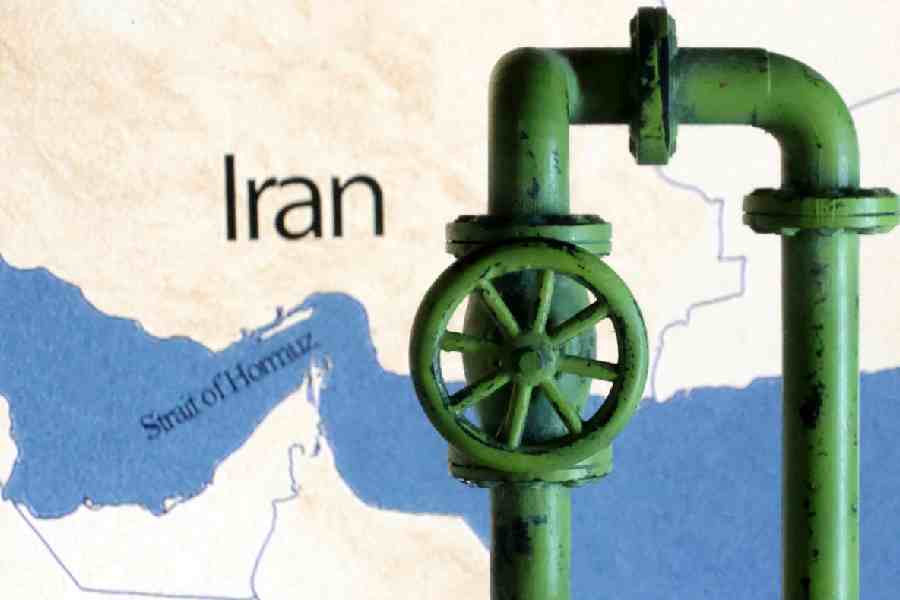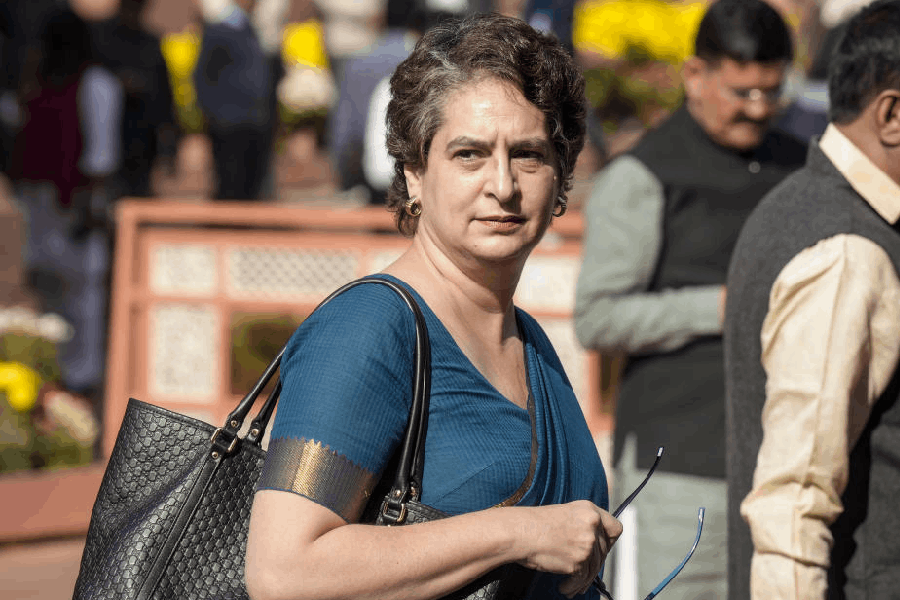The Israel-Iran war is a new economic shock. Its most immediate fallout is the spike in international oil prices. At least 10% higher since the crisis erupted, the direct involvement of the United States of America and the apprehended risk of the closure of the Strait of Hormuz have deepened the impact by another 2%. It is difficult to predict the eventual level as the conflict evolution is unknown. Uncertainties from the intensified tensions in West Asia are fast multiplying. These add to the existing tariff uncertainties that remain unsettled.
For India, the new disturbance — primarily a crude shock — comes at a critical time. Economic growth has been slowing. Comprehensive macro-policy responses deployed for demand support have consumed most space. The buffers are thin.
Although there’s never a good time for shooting oil prices, this spike occurs just when substantial fiscal and monetary reserves have been spent to prop up a slowing economic cycle. Consider the range of macroeconomic policy support in the year till now. To begin with, February’s budget for this financial year expanded demand sustenance to reduce taxation by raising the threshold for personal income tax payers. This targeted the mid-income population to back consumer expenditure, which was decidedly weakening despite strongly growing real output. The measure supplemented the public capital expenditure programme, though the overall fiscal position continues to shrink after its pandemic-time enlargement and debt accumulation. There’s little discretionary spending room for more.
A complementary monetary policy has accompanied these. A 25-basis point reduction in the policy repo rate followed February’s budgetary measures with a further 25-basis point easing in April. In the latest round this month, the monetary policy review frontloaded a volley of forceful actions to boost growth, confident that the decline in inflation was durable. An unexpected 50-basis point cut in the policy rate was reinforced with a percentage point reduction in the fraction of bank deposits to be held as reserves with the central bank. This is bolstered by significant liquidity expansion for faster percolation of the interest rate cuts throughout the financial system and thereon to the real economy to improve aggregate demand.
In all, interest rates have been reduced one percentage point in less than six months to lower borrowing costs for consumers and businesses to encourage spending. Moreover, in a post-policy interview last week, the governor of the Reserve Bank of India hinted at further easing should inflation turn out lower than projected. The potential held out hope as market beliefs had converged to ‘no more rate cuts’ following the earlier communication of the policy resolution.
That policy space looks increasingly non-existent now. Oil prices, which ranged ~$77 a barrel before the US’s bombing of Iranian nuclear facilities, jumped to $79 a barrel a day ago; it is difficult to say how much further it can go, especially with shipping route disruptions. The present range compares with $70 factored in by the RBI in its April calculations at Rs 86 per dollar. There’s no foresight on the level at which global crude prices would eventually settle or whether they would revert to the pre-crisis range.
At the very least, the shock alerts policymakers into watchfulness. The caution is immediate because a rise in oil prices endangers all important indicators of macroeconomic health — inflation, the fiscal position, balance of payments that includes current and financial or capital accounts, and the currency. Together, these come under pressure with instant reflection upon the rupee — the currency has been weakening in the past week as expected while market expectations see the rupee value at ~87 to the dollar for the next two months. Risks to the evolving inflation outlook have risen, the balance tilting to price stability. This freezes the potential for further monetary easing.
Inflation isn’t the only consideration. Policies must be mindful of the external front as well. The balance of goods’ trade is extremely susceptible to oil price increases, typically responding with discomforting expansion from higher import payments; the pressure compounds if export growth is weak or slowing, as is the case now, with worsening world trade prospects. The financial side, or capital account, has traditionally helped bridge such gaps but that is not the case at present. Foreign capital inflows of all hues — short-term and foreign direct investments — have progressively weakened since last year. Portfolio capital outflows are -$10 billion in 2025, with -$3.6 billion exiting debt and equity markets this June alone; such foreign capital is sensitive to interest rates and currency movements. Long-term capital or FDI has been falling for some years; this plummeted (97% to $0.35 billion in 2024-25. Any worsening, therefore, pressurises external stability and rupee value, shaking investor confidence with financial market reverberations.
It is evidently difficult to gauge the severity and the duration of the shock at this point. A short-lived surge can be withstood and managed by existing policy armours; this includes government support in staying retail fuel prices to check the pass-through of higher imported crude prices by the public oil companies. However, an extended stretch and a widening of the conflict in the Gulf region could inflict real damages. An oil price shock drags down output and drives up prices, or, in other words, is stagflationary. This is far more difficult and complex a configuration for policymakers to manage as growth and inflation move in opposite directions, necessitating tighter policies which magnify the adverse growth impact.
It is troubling that this fresh shock comes when most policy room is spent to boost growth, which is expected to be no higher than that achieved last year or 6.5%. The impact, if severe, may well dilute economic responses to these recent policy efforts, delaying prospects of a quicker upturn, and dent growth if prolonged. Besides, we must reckon the setback to business investments, especially with external exposure, from the unusually high uncertainty environment created.
Renu Kohli is a macroeconomist and former staff of the RBI and the IMF. Views are personal











